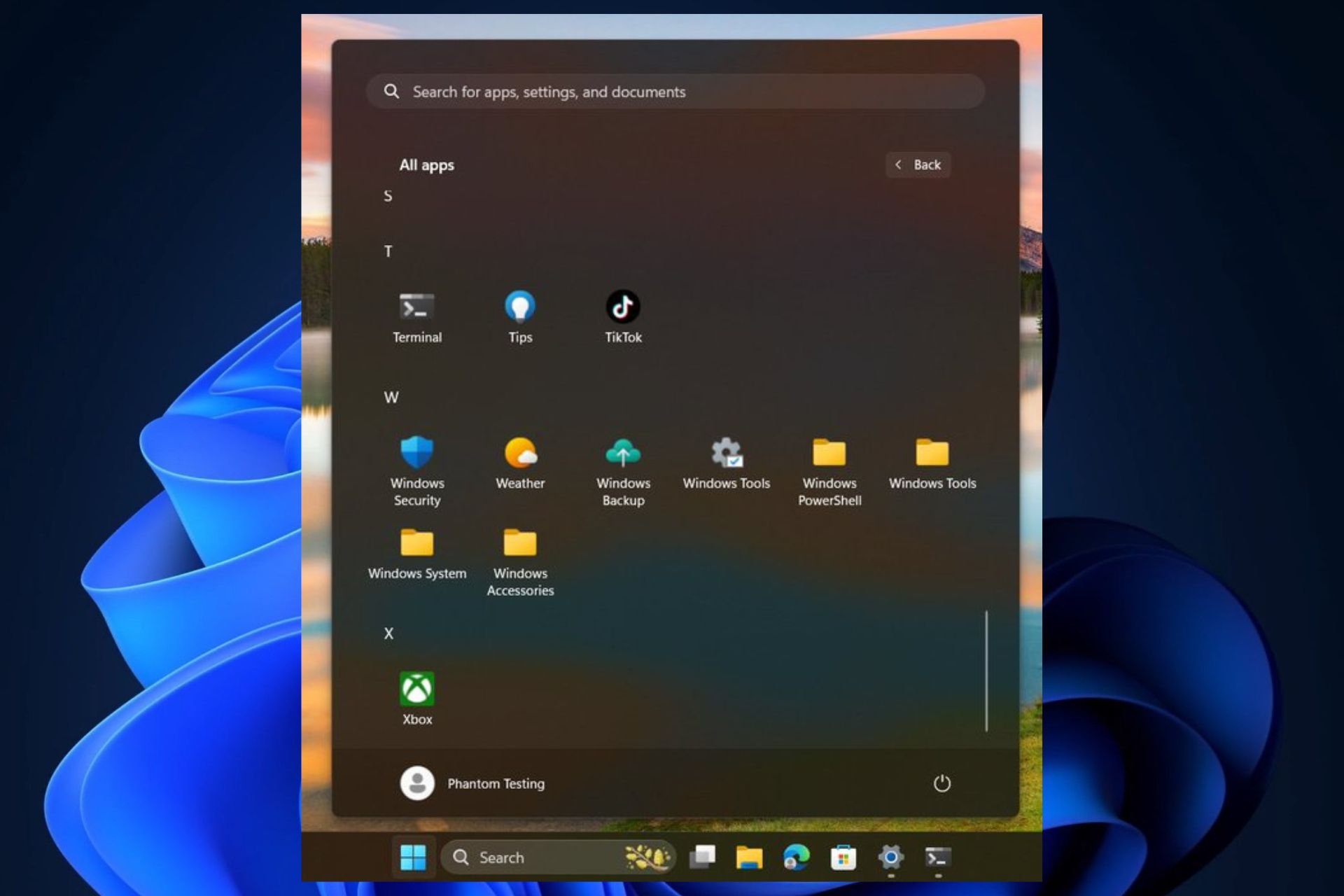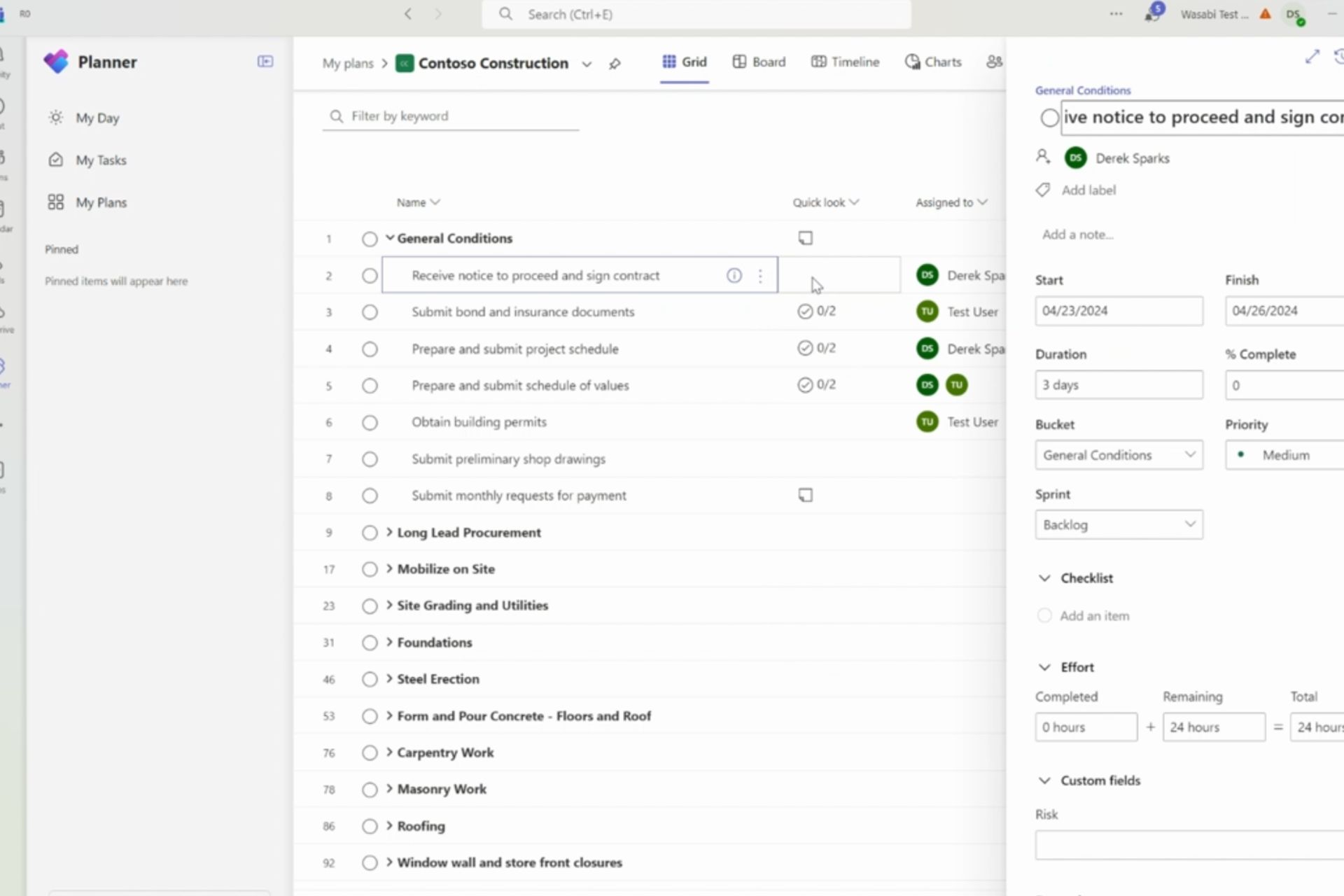Microsoft expands Azure Remote Rendering support to Meta Quest 2 and Quest Pro
2 min. read
Published on
Read our disclosure page to find out how can you help Windows Report sustain the editorial team Read more

Microsoft recently released a public preview of Azure Remote Rendering support for Meta Quest 2 and Quest Pro, enabling developers to render complex 3D content in the cloud and stream it to these virtual realities (VR) headsets in real-time.
Azure Remote Rendering, which already supports desktop and Microsoft’s AR headset, HoloLens 2, utilizes a hybrid rendering approach that combines remotely rendered content with locally rendered content. Now, with support for Quest 2 and Quest Pro, developers can leverage Microsoft’s Azure cloud rendering capabilities to view large and intricate models on these VR devices.
The addition of Azure Remote Rendering’s support for Meta Quest 2 and Quest Pro perfectly aligns with the growing popularity of these headsets for model visualization. BIM Holoview, a leading company in the construction industry, has integrated the latest Azure Remote Rendering support for Meta Quest.
Peter Neil, CEO of BIM Holoview, expressed his excitement about this integration, stating, “The availability of Azure Remote Rendering support on Meta Quest signifies a significant milestone in redefining the visualization and understanding of construction models.” This integration allows users to experience the portability of Meta Quest while seamlessly viewing large and complex models, revolutionizing the way construction models are visualized and understood.
Microsoft acknowledges that supporting Quest 2 and Quest Pro has been one of the top feature requests from partners and developers. It eagerly looks forward to seeing the innovative applications and experiences developers will create using Azure cloud rendering capabilities on these devices.
The release of Azure Remote Rendering support for Meta Quest 2 and Quest Pro marks a significant advancement in the field of VR content rendering. With this powerful combination of cloud and local rendering, developers can unlock new possibilities for immersive experiences and visualization of complex 3D models.







